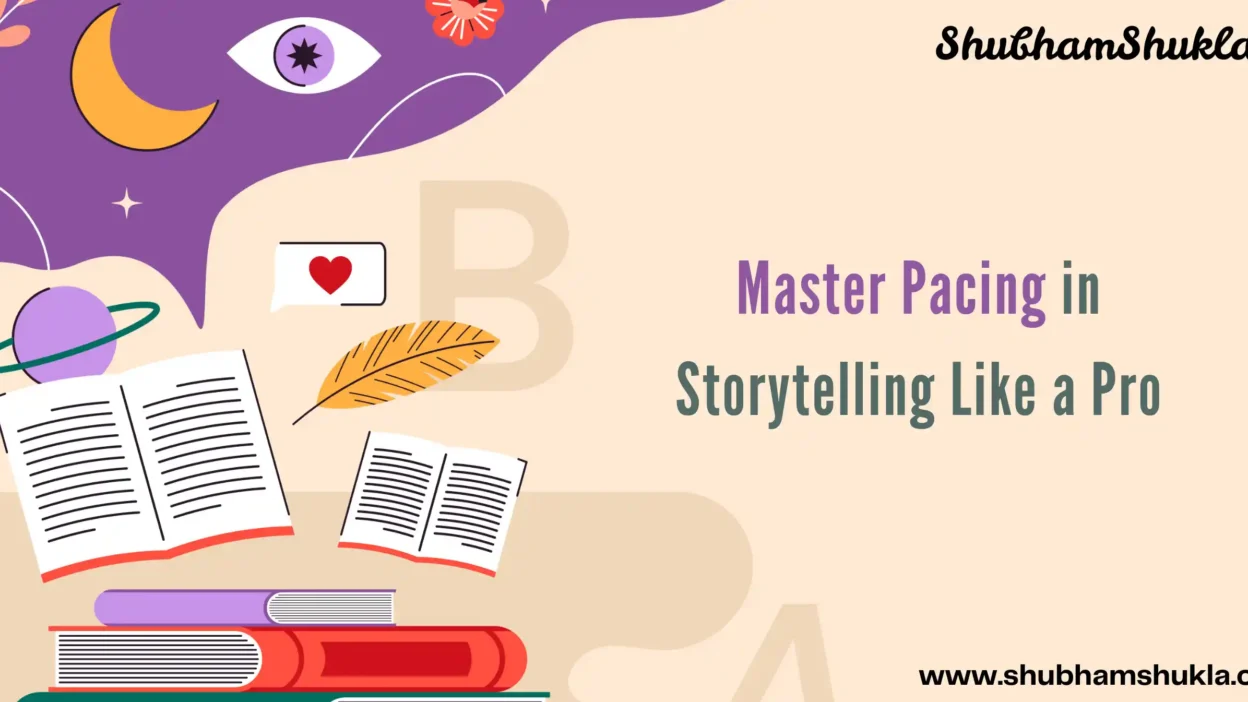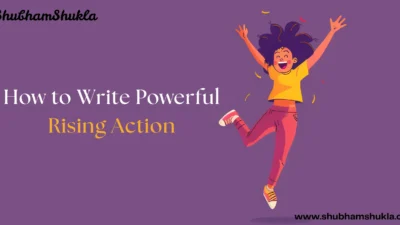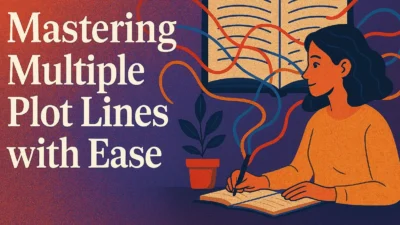Have you ever read a book where nothing huge seems to happen for a while—but somehow, you can’t stop turning the pages? That’s the quiet power of slow burn pacing in storytelling.
It’s a writing technique that doesn’t rush. Instead, it invites readers into the subtle buildup—the lingering glances, the unresolved tensions, the feeling that something is always just around the corner.
And when the payoff finally comes? It feels earned. It matters. Let’s talk about why slow burn pacing is so powerful, how to use it effectively, and what makes it unforgettable in the world of fiction.
- What Is Slow Burn Pacing in Storytelling?
- When Should You Use Slow Burn Pacing?
- How to Craft a Great Slow Burn (Without Losing Readers)
- In My Own Experience, I Found That…
- Common Pitfalls (and How to Avoid Them)
- Why Readers Love the Slow Burn
- Conclusion: Let It Burn (Slowly)
- FAQ: Slow Burn Pacing in Storytelling
What Is Slow Burn Pacing in Storytelling?
Slow burn pacing in storytelling is all about the gradual build—of tension, emotion, stakes, or relationships. It’s the art of taking your time without losing your reader’s attention.
Think of it like a campfire: instead of a roaring blaze that peaks early, you carefully feed the flame, letting it grow until it’s hot enough to warm a room—or scorch the earth.
In romance, this often shows up as emotional slow burns where two characters circle each other for pages (or chapters) before a single kiss. In mystery, it’s the slow drip of clues that don’t make sense—until they suddenly do. And in literary fiction, it might be the slow unraveling of a character’s inner world, one tiny moment at a time.
A great example? Pride and Prejudice. The entire romance is a masterclass in slow burn storytelling. Darcy and Elizabeth dance around their pride, prejudice, and misunderstandings for most of the novel.
But when the emotional climax hits—it lands with full force because we’ve earned it alongside them.
You may also like: How to Write a Character Backstory That Actually Matters
When Should You Use Slow Burn Pacing?
Not every story needs to sprint. Some stories begin to simmer.
You’ll often find slow burn pacing in storytelling works best when the journey matters just as much—if not more—than the destination.
If your story leans into character development, emotional depth, or complex themes, a slower build allows room to explore those layers.
Genres that love the slow burn?
- Romance (especially enemies-to-lovers or second chances)
- Psychological thrillers
- Historical fiction
- Character-driven literary fiction
If you want your reader to truly feel every step of the transformation, slow burn pacing might be your best friend.
You may also read: MBTI Characters: Unlocking the Personality Puzzle in Fiction
How to Craft a Great Slow Burn (Without Losing Readers)
The biggest misconception about slow burn pacing in storytelling is that it’s… slow. And boring. But done right, it’s anything but.
Here’s how to keep readers hooked even when you’re taking your time:
1. Make every scene do something
Even if you’re not dropping big reveals, your scenes should still move the emotional or relational arc forward. Subtle progress counts.
2. Build tension through what’s unsaid
Unspoken thoughts, unresolved conflict, and withheld information are gold in a slow burn. Use subtext to create that delicious itch of anticipation.
3. Invest deeply in your characters
Slow burn stories live or die by character. If readers don’t care about them, they won’t care about the payoff. Make them real, flawed, layered, and full of secrets.
4. Drop hints and payoffs
Seed your story with small mysteries or emotional beats that hint at what’s coming. Then reward the reader with a satisfying reveal later.A fantastic example? Celeste Ng’s Everything I Never Told You.
The story opens with a death, but the true impact comes from the slow reveal of family tensions, cultural pressures, and personal regrets that led up to it.
You may also like: The Power of Three: Writing with 3 Main Characters That Truly Shine
In My Own Experience, I Found That…
In my own experience, I found that writing slow burn pacing in storytelling taught me more about character than any other technique. I used to worry that my scenes weren’t “exciting” enough—until I realized that emotional tension can be just as gripping as action.
A quiet dinner conversation between two characters who won’t say what they really feel? That’s where the magic is. My advice: don’t rush it. Let your scenes breathe, trust your characters, and lean into the space between words. That’s where your story lives.
Common Pitfalls (and How to Avoid Them)
Let’s be honest: slow burn storytelling isn’t easy. It takes confidence, patience, and a keen sense of pacing. Here are a few traps to avoid:
❌ Dragging without purpose
If your scenes don’t build toward anything, readers will notice. Ask yourself: What changes from the start to the end of this chapter?
❌ Holding back too much
Tension dies when nothing happens. Even small shifts (a touch, a glance, a new piece of info) can reignite interest.
❌ Weak climax
The slower the burn, the bigger the emotional payoff needs to be. Don’t let the story fizzle—deliver a moment that makes all the waiting worth it
Why Readers Love the Slow Burn
There’s something uniquely satisfying about a story that makes you wait. It’s like watching a relationship unfold in real life—messy, hesitant, beautiful.
And when a story takes its time, the reader gets to live with the characters longer. We get to fall in love slowly, mourn gradually, and celebrate every hard-earned victory.
Readers don’t just remember what happened. They remember how it made them feel. Slow burn pacing in storytelling makes room for those feelings to deepen.
You may also like: Villain vs Antagonist: Why Understanding the Difference Can Level Up Your Storytelling
Conclusion: Let It Burn (Slowly)
The next time you sit down to write, don’t be afraid to let things unfold at their own pace.
Not every story needs fireworks in chapter one. Sometimes the quiet moments—the ones filled with glances, unspoken words, and inner shifts—are the ones that hit the hardest.
If you’re building a story with depth, emotion, and complexity, slow burn pacing might be your secret weapon. Trust it. Trust yourself. And trust that readers will thank you for the ride.
FAQ: Slow Burn Pacing in Storytelling
Q1: Is slow burn pacing only good for romance stories?
Nope! It’s just as effective in thrillers, mysteries, and even fantasy. Any story that benefits from emotional buildup can use a slow burn
Q2: How can I tell if my story is dragging too much?
If scenes feel repetitive or don’t change the character dynamics or stakes, it might be time to tighten. Ask beta readers where they lost interest.
Q3: Can I combine slow burn pacing with fast plot moments?
Absolutely! In fact, alternating between slower emotional arcs and quick plot twists creates a nice balance.
Q4: What are some books that use slow burn pacing well?
Try Normal People by Sally Rooney, Rebecca by Daphne du Maurier, The Secret History by Donna Tartt, or Before We Were Strangers by Renée Carlino.



